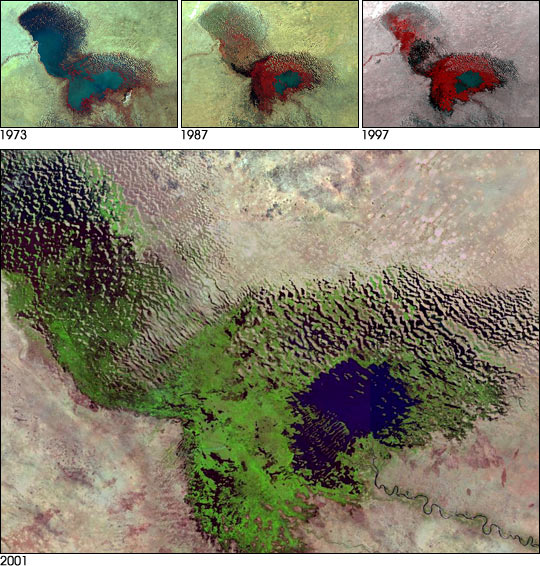In Chad, the country rated most in peril to climate vulnerability; climate change is the reality. Chad sees high poverty, frequent conflicts, droughts, and floods.
Around 40 million people depend on Lake Chad. Yet, the lake has nearly disappeared over the last 50 years. The shrinking lake forces men to leave their communities during the dry season to look for work in the city, leaving women and children behind to manage the crops.

Across the Sahel desert, many farmers are reviving an old technique called Zaï, which involves digging pits to catch rainwater and sowing crops in the pits. The method concentrates nutrients and can increase crop yields by up to 500%.
Chad also struggles with poverty, with the fourth-highest poverty rate in the world. Around 87% of Chadians are poor, according to the Multidimensional Poverty Index, which factors in health, education, and living standards. Further, 63% of the population are “destitute,” the most extreme category of poverty. The size of the destitute population is also the fourth highest in the world.
Climate change will make life increasingly harder, making the changing climate reality even more real. Chad will be hotter and arider, yielding lower crop yields and worse pasture.
